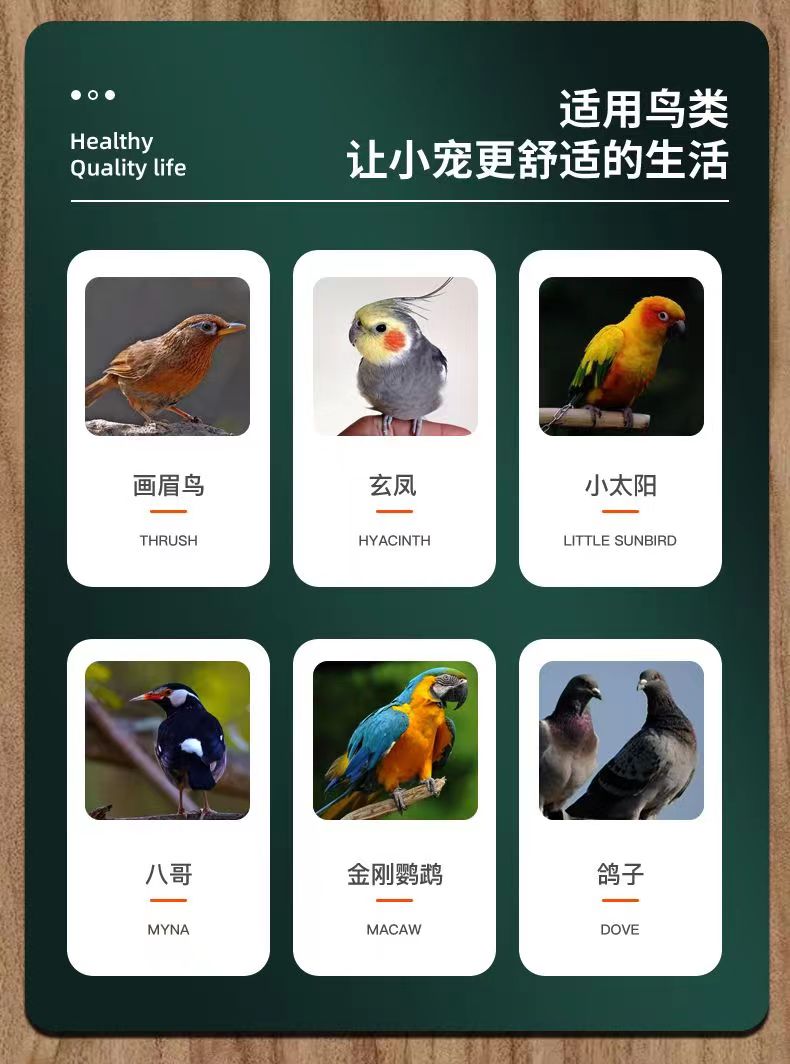
Aug . 12, 2024 17:16 Back to list
Leading Manufacturers of Avermectin B1b for Agricultural and Pharmaceutical Applications Worldwide
Avermectin B1b An Overview of Its Manufacture and Applications
Avermectin B1b, a member of the avermectin family, is a potent antiparasitic agent widely used in agriculture and veterinary medicine. Derived from the fermentation of the soil bacterium *Streptomyces avermitilis*, avermectin B1b plays a crucial role in integrated pest management strategies due to its effectiveness against a broad spectrum of parasites and pests. This article delves into the manufacturing processes, applications, and implications of using avermectin B1b in different sectors.
Manufacturing Process of Avermectin B1b
The production of avermectin B1b begins with the cultivation of *Streptomyces avermitilis* in controlled fermentation conditions. This bacterium thrives in specific nutrient media that promote its growth and the synthesis of avermectins. The fermentation process can take several days, during which the bacteria produce avermectin compounds, including B1a and B1b, that are secreted into the surrounding medium.
After fermentation, the first step in the extraction process involves filtering the broth to remove bacterial biomass. The liquid is then subjected to various purification techniques such as solvent extraction, chromatography, and crystallization. These steps aim to isolate avermectin B1b from other by-products and impurities. Advanced techniques such as high-performance liquid chromatography (HPLC) are often used to ensure the purity and quality of the final product.
Once isolated, avermectin B1b is formulated into various forms for distribution, including granular, liquid, and soluble powder formulations
. The choice of formulation depends on the intended application, whether it is for agricultural use or veterinary purposes.Applications of Avermectin B1b
avermectin b1b manufacturer

Avermectin B1b has a range of applications primarily in agriculture and veterinary medicine. In the agricultural sector, it is extensively used as an insecticide and acaricide. Its effectiveness against nematodes, mites, and various insect pests makes it a valuable tool for farmers seeking to protect crops from damaging infestations. Avermectin works by interfering with the nervous system of pests, leading to paralysis and death. This mode of action minimizes the risk of pests developing resistance when used in rotation with other classes of pesticides.
In veterinary medicine, avermectin B1b is used to control parasitic infections in livestock and companion animals. It is particularly effective against endoparasites like roundworms and ectoparasites such as ticks and lice. The drug is administered through various routes, including oral preparations, injectables, and topical formulations. The safety profile of avermectin B1b makes it suitable for use in different animal species, further enhancing its appeal among veterinarians.
Environmental and Safety Considerations
As with any chemical used in agriculture and veterinary medicine, the use of avermectin B1b comes with certain environmental considerations. Residual activity in soil and water can affect non-target organisms, including beneficial insects and aquatic life. Therefore, it is essential for manufacturers and users to adhere to recommended application guidelines to minimize environmental impact.
Additionally, resistance management practices should be integrated into pest control strategies to preserve the efficacy of avermectin B1b. This includes rotating with other types of pesticides that have different modes of action and employing integrated pest management techniques to reduce reliance on chemical treatments.
Conclusion
Avermectin B1b represents a significant advancement in pest control and parasitic management in both agricultural and veterinary practices. Its effective production through fermentation, coupled with its diverse applications, underscores its importance in modern pest management. However, responsible usage and environmental stewardship are essential to ensure that this valuable resource continues to be effective and sustainable for future generations.
-
Premium China Bacillus Subtilis Supplier & Factory Solutions
NewsJul.30,2025
-
Premium Avermectin Supplier in China | Custom Solutions Available
NewsJul.29,2025
-
China Bacillus Subtilis Supplier - Custom Factory Solutions
NewsJul.29,2025
-
China Salivation: Leading Custom Salivation Supplier & Factory Solutions
NewsJul.29,2025
-
Leading Lincomycin Hydrochloride Manufacturer & Supplier with High Purity
NewsJul.29,2025
-
Bio-Enzyme Yogurt Growth Promoter Factory - Top Quality Manufacturer & Supplier
NewsJul.28,2025




